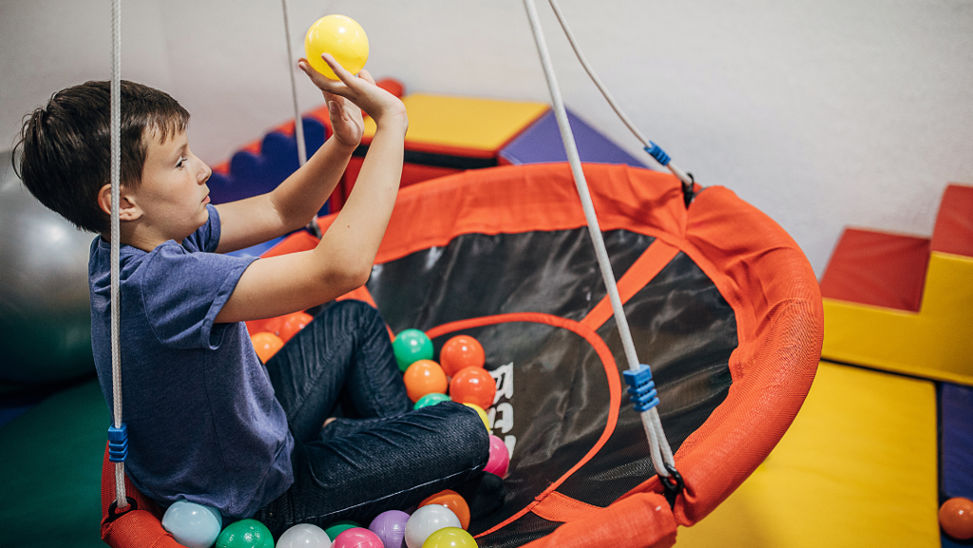
Sensory processing is a complex system in which the brain receives and interprets sensory information from the environment. It integrates input from all senses—including sight, sound, touch, smell, taste, balance, and body awareness—allowing us to create a cohesive picture of the world and make decisions based on that information. For example, this system helps us recognize sensations like warmth from a hug, hear and react to a sound, or balance on a moving vehicle. Without sensory processing, we wouldn’t be able to respond appropriately to daily stimuli.
Sensory Processing Disorder (SPD):
Sensory Processing Disorder (SPD) occurs when the brain struggles to organize and respond to sensory input properly. It affects how a person reacts to different stimuli, and the severity can vary widely. Formerly referred to as sensory integration dysfunction, SPD is not officially recognized as a distinct medical diagnosis, but it is widely acknowledged by professionals who observe its effects on everyday functioning.
SPD is categorized into three primary patterns:
Helping Children with Sensory Processing Difficulties:
If your child shows signs of sensory processing challenges, there are several strategies that can help:
Why Therapy is Crucial?
Occupational and speech therapy play a critical role in helping children with sensory processing difficulties. These therapies enable children to manage their sensory responses, cope in social settings, and succeed in school. Therapy also helps prevent long-term issues such as behavioural problems, social isolation, learning disabilities, and poor communication skills.
Children do not “grow out” of sensory processing difficulties; rather, these issues may change or evolve over time. Without early intervention, sensory challenges can impact academic success, peer relationships, sleep habits, and the ability to adapt to daily life. Through targeted therapy, children can develop better coping strategies and thrive in various environments.
The Long-Term Impact of Sensory Processing Difficulties:
If left untreated, sensory processing difficulties can lead to a range of challenges, including:
Understanding sensory processing and recognizing Sensory Processing Disorder is key to helping children overcome the challenges they face. Early intervention through occupational and speech therapy, combined with a structured environment and targeted sensory activities, can make a significant difference in a child’s ability to thrive. By supporting their sensory development, you can help them navigate their world with confidence and ease